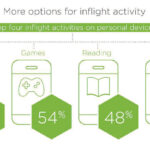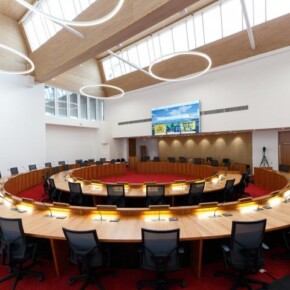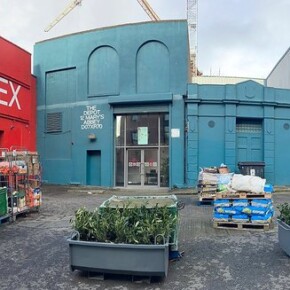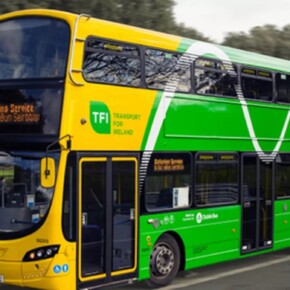Digital devices could change flight service
Dublin People 17 Jun 2016
FINDINGS from a survey published last week has revealed that airline passengers are increasingly switching to using their own electronic devices during flights.
The report carried out by air transport IT and communications specialists, SITAONAIR, found that while passengers are enjoying their inflight entertainment experience, they’re becoming more likely to do so on their smartphones or tablet devices.
A trend for a second screen is also emerging, with 10 per cent of passengers who took part in the survey switching between their own devices and seat-back screens during their flights.
And it’s good news for passenger experience – with 92 per cent of the total passengers polled being positive about their experience with content on-board.
Looking to the future, 65 per cent of passengers would prefer to access entertainment via their own devices – and SITAONAIR says that provides a real opportunity for airlines to increase connectivity with passengers through their own devices.
Airlines have always looked at ways to keep passengers entertained during flights. In fact the first inflight movie was shown on Aeromarine Airways way back in 1921.
However, the explosion of interest in personal devices since the launch of the iPhone in 2007 is pushing airlines to move forward with their inflight connectivity projects.
It’s taken some time for airlines to catch up with the trend, but some now allow phone calls and Wi-Fi for passengers is being rolled out
Some airlines are even providing their own in-flight entertainment apps that can be downloaded pre-flight and enjoyed during the trip.
SITAONAIR say 75 per cent of airlines are now planning to invest in inflight Wi-Fi services for passengers, which is good news for the 86 per cent of passengers now using their own devices on board.
It’s a major game changer for the airline industry. Seat-back screens add both weight and cost to an aircraft fit. Indeed, some national carriers have even begun to remove seat-back screens from some of their fleets.
Inflight connectivity also improves the potential for a more tailored passenger experience.
It means passengers can interact directly with an airline social media team and information can be passed to cabin crew, who can then respond accordingly – whether that’s offering a service or solving a problem.
This joined-up thinking also carries through to building brand loyalty through tailored offers made to passengers based on their online behaviour.
And passenger safety can also be improved with reports of potential turbulence alerts being sent straight through to personal devices.
“This understanding of what will be relevant to a specific passenger at a specific time, will ultimately deliver a more relaxing and enjoyable experience during the flight and build brand loyalty,” a spokesperson for SITAONAIR says. “Passengers bringing their own devices is a key enabler, so it’s great to see both its rise and acceptance.”
SITAONAIR believe the next phase for airlines is to develop innovative apps and communication channels, such as the company’s CrewTab that allows cabin crew with tablets to differentiate the passenger experience, enabling more choice and personal, interactive connections.
- Digital devices could change flight service












